For me and so many millions of players around the world, the Nintendo brand means something. In our hearts, it holds a place akin to the one Disney holds for others. And, importantly, it’s earned that place not just by being a massive corporation whose name is emblazoned across so many of the games we grew up with, but because those games so often possess a rare and defining quality, something uniquely “Nintendo.” It’s hard to articulate just what that quality is, but it has to do with inventiveness and charm, joy and wonder, beating within the heart of its excellent, meticulously designed games. I’d hoped that The Super Mario Bros. Movie, on which Mario’s creator, Shigeru Miyamoto, has co-producing credit, would capture some of that magic.
Unfortunately, while the film dutifully goes through the motions, sweating to put as many nostalgic references on screen as we can swallow, there’s no real inventiveness or spirit here. It has the makings of a rousing adventure, but not the crackle of inspiration. The end result is a transparently hollow commercial product that feels like it was designed in a lab to make our brains light up with recognition for things we love, without actually reminding us why that love exists in the first place.
Read More: Super Mario Movie Sounds Shockingly Good, Or Pretty Bad Depending On Who You Ask
I won’t be spoiling the film’s plot here, in part because there really isn’t much of a plot to spoil. Trailers have revealed that we do, at least briefly, see the titular bros in Brooklyn before circumstances whisk them away to the Mushroom Kingdom. What then ensues feels less like a story unfolding and more like a series of video-gamey action sequences calculated to provide the filmmakers with maximum opportunity to show us signifiers that make the Nintendo faithful (a group in which I absolutely count myself) go “Ooh, it’s that power-up/enemy/gameplay mechanic I like!”
This is not a film that feels like it came into being because Nintendo or its creative partner, animation studio Illumination, finally hit upon a Super Mario tale worth telling. It feels like it came into being because some suits determined (rightly, no doubt) that now was the time to expand Mario’s media profile well beyond games, to get more people coming to the theme parks, buying the consoles, seeing the movies, snagging the official merch, and generating revenue in any number of other ways.
And of course, many good films are also part of multi-pronged corporate strategies to collect more golden coins than you can count. That’s not the issue. The issue is that that’s just about all The Super Mario Bros. Movie is.
Now, it’s not entirely without its charms. The always-reliable Jack Black brings an energy (and a singing voice) to his role as Bowser that this otherwise pretty lifeless movie can scarcely contain. Likewise, among Princess Peach’s Mushroom Kingdom subjects is a Toad commander who imbues lines like “Good luck, Princess, for all our sakes” with such exaggerated gravitas that they become enjoyably ridiculous. And there’s a Luma—a cute, starry little creature—that plays against expectation, wishing, in its whimsical voice, for the sweet release of death. It makes for some of the film’s only genuinely surprising moments, generating some real laughs.
For me, though, the most surprising thing about the Mario movie might be how much it feels like a video game, in a negative sense. Throughout the action sequences, which see Mario working alongside Peach to assemble a force capable of taking on Bowser’s might, his success in this situation or that one often comes down not to some particular ingenuity on his part, but to him getting an effective power-up. And again, it’s not that I’m against seeing Cat Mario from Super Mario 3D World make an appearance in the movie. I love 3D World! I love Cat Mario! But the film could have worked these details into action scenes that also felt rooted in character and made victory feel earned, rather than simply the result of video-game happenstance.
Read More: Every Super Mario Game Ranked From Worst To Best
And the way the film segues from one sequence to another is almost comically mechanical, clearly the result of the film fulfilling its obligation to show us more Stuff From The Games rather than originating in any organic way out of the story. Case in point: Cranky Kong (Fred Armisen, doing a kind of New York old guy accent with a dash of Bernie Sanders to it) at one point declaring, “We’re gonna need karts!” ushering us into a sequence that’s just one visual nod to Mario Kart 8 after another, complete with Mario doing a drift boost. Just like we do in the game! Isn’t that cool?
Such game references aren’t just the stuff of the central action here, either. Many scenes feature blink-and-you’ll-miss-’em nods to not just Mario, but a host of older Nintendo games. An early scene, for instance, takes place at Punch-Out Pizzeria, a Brooklyn eatery bedecked with Punch-Out!! protagonist Little Mac’s boxing paraphernalia, as well as photos of other bruisers from Nintendo’s pugilistic franchise. At one point, the film was so dense with these little background details that I wondered just how it is we’re supposed to watch a movie like this: paying attention to what’s actually happening, or constantly scanning the background for Easter eggs.
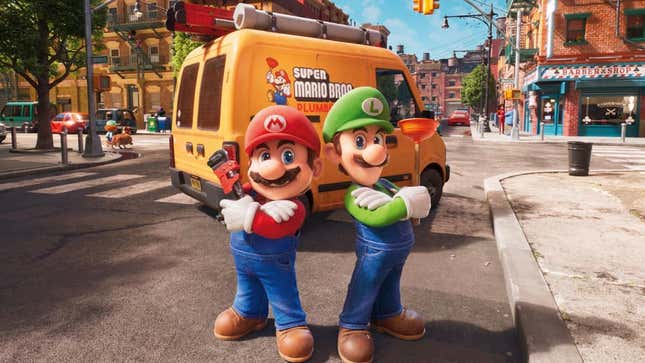
And again, I think that a density of visual information in a movie can be great. The layers of visual detail in the wonderful animated film Into the Spider-Verse make its world feel fully realized, and help the film reward repeat viewings. It’s just that there’s no substance in The Super Mario Bros. Movie to support all that background detail in the first place, so it just becomes one more way for the film to trigger the positive nostalgic receptors in our brains without actually earning our interest or admiration. One inspired exception: During a particularly low moment, Mario retreats to his room and plays the NES game Kid Icarus. When he dies (like many early Nintendo games, Kid Icarus is ruthless), the game’s death screen text, “I’M FINISHED!”, serves as a humorously apt commentary on Mario’s mental state.
To its credit, the film looks great. From the individual hairs in Mario’s mustache to the eye-popping vistas of the Mushroom Kingdom, it’s a visual treat. I just wish it all felt like it was in the service of something more substantial than a corporate brand-building exercise. Chris Pratt, Anya Taylor-Joy, and the rest of the cast are all serviceable but unremarkable, and I feel like that’s largely because the film makes no real demands of them. Sure, it’s nice that Princess Peach here is cool and competent and not relegated to being the damsel in distress that she has been in so many Mario games, but she’s still a shallow archetype with only the vaguest gestures at actual character development.
This movie will no doubt make tons of money, and kids may really like it. If I’d seen it when I was seven years old, I probably would have been dazzled. But kids and adults deserve better than this, and if Nintendo and Illumination hope to launch a new series (or perhaps even a universe) of Mario movies, they’d better start doing more than just lighting up our brains with nostalgic recognition for details from the video games we’ve played and loved. They’d better figure out how to actually make us feel invested in these characters and what happens to them. It’ll take more than a ride along Rainbow Road or a well-timed tanooki suit to do that.

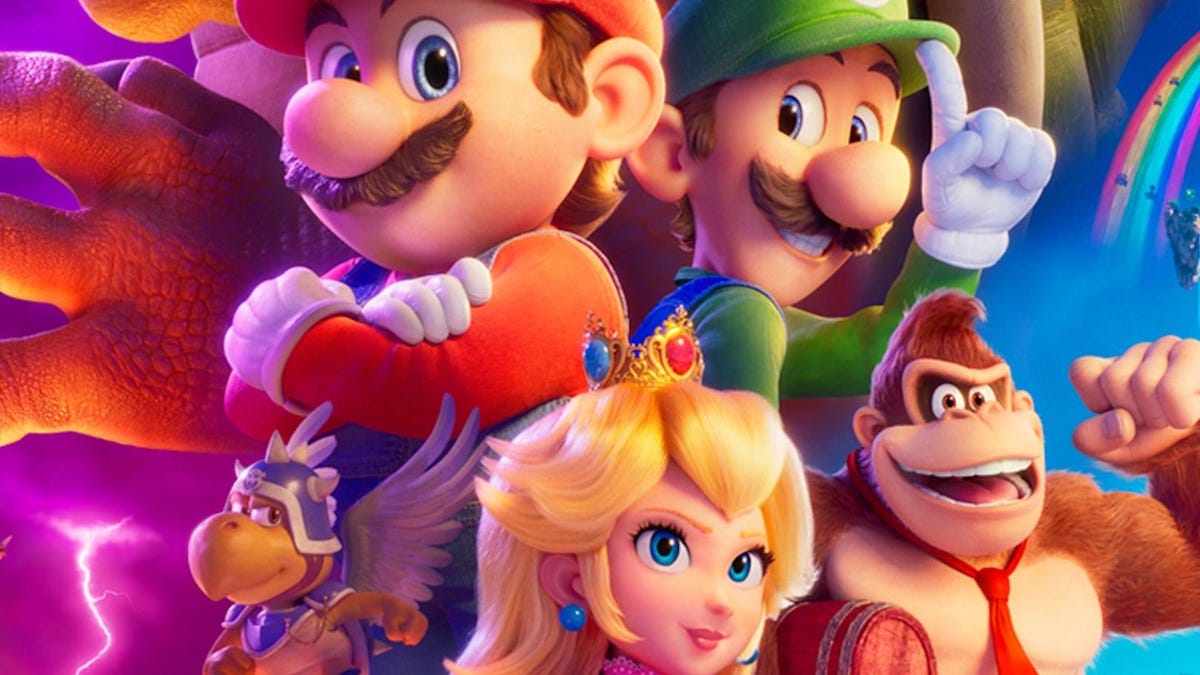
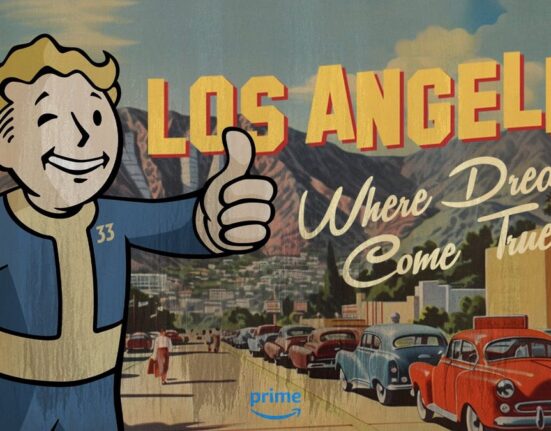
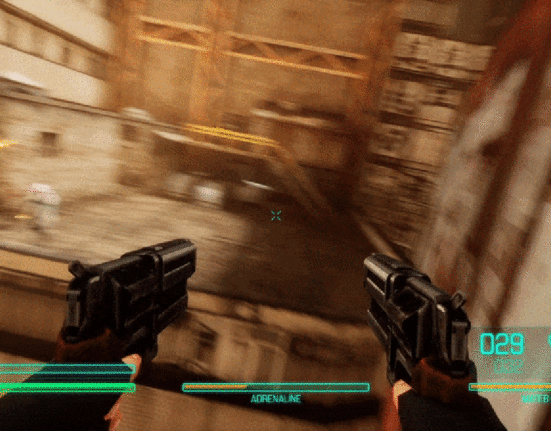
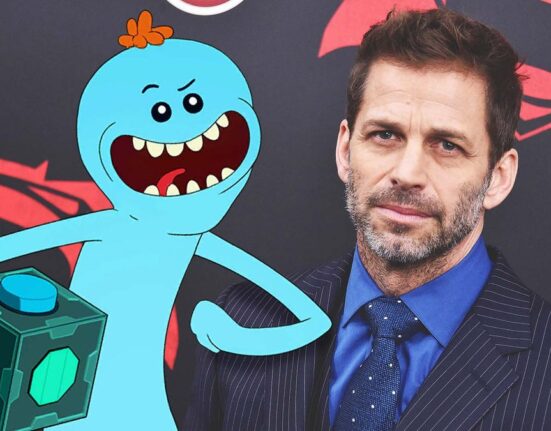
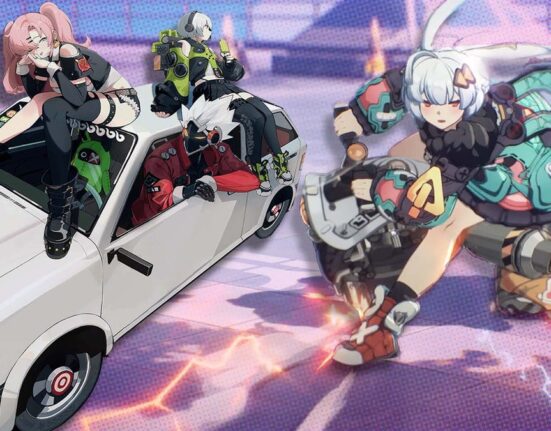
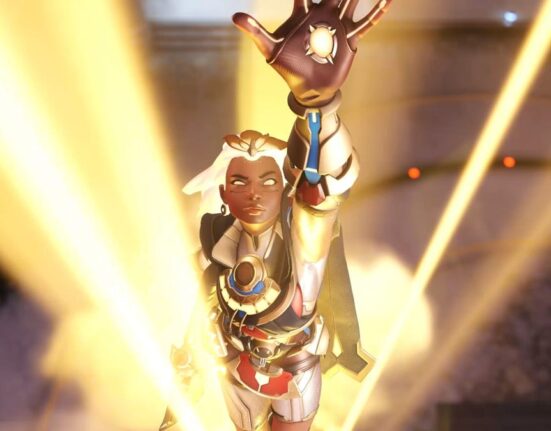
Leave feedback about this